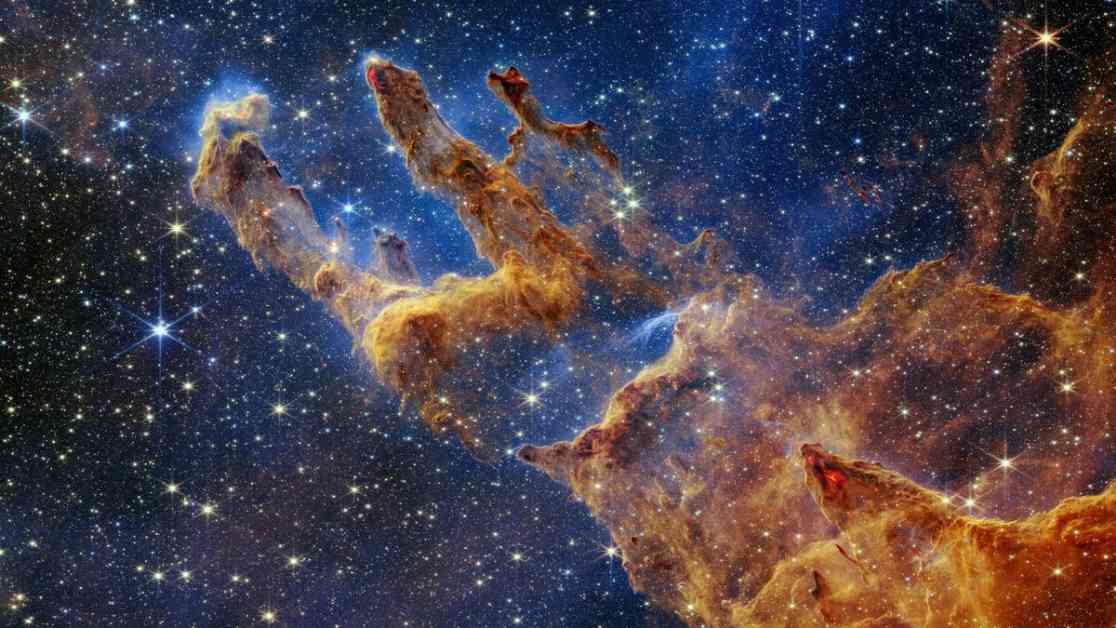Maggie Aderin-Pocock, a renowned space scientist and broadcaster, never expected to achieve such fame, especially coming from humble beginnings with dyslexia in government housing in London. Despite the challenges, she pursued her passion for space, studying physics and mechanical engineering at Imperial College London. Her work on various space technology projects, including the James Webb Space Telescope (JWST), has been instrumental in advancing our understanding of the cosmos.
Aderin-Pocock’s latest endeavor involves writing a book about the JWST, titled Webb’s Universe: The Space Telescope Images That Reveal Our Cosmic History. She hopes that this book will inspire more children to pursue careers in STEM fields. In a recent interview at the Royal Institution in London, she discussed her fascination with space, the importance of the JWST, and the impact of astronomy on our lives.
When asked about her interest in space, Aderin-Pocock revealed that she has been fascinated by it since childhood, growing up during the time of the moon landing in 1969. She emphasized the significance of the JWST, particularly its ability to capture infrared light, which allows us to see through clouds and dust that obstruct visible light. This unique feature of the telescope provides high-resolution images of distant cosmic objects, offering new insights into the universe.
Aderin-Pocock’s personal involvement with the JWST includes working on an instrument called NIRSpec, which analyzes the light gathered by the telescope to determine the elements and molecules present in celestial bodies. She explained how spectrometry, a technique used in NIRSpec, can also be employed to study exoplanets by analyzing starlight passing through their atmospheres.
One of Aderin-Pocock’s favorite images captured by the JWST is the “Pillars of Creation,” a stunning cosmic formation where young stars are born. She highlighted the significance of studying this region in different wavelengths of light, such as visible and infrared, to gain a comprehensive understanding of its composition and structure.
In discussing the broader impact of astronomy, Aderin-Pocock emphasized its role in addressing fundamental questions about our existence and exploring the possibility of life beyond Earth. She also underscored the importance of astronomy in shaping cultural perspectives and inspiring curiosity across different societies.
For young people, especially those from disadvantaged backgrounds, Aderin-Pocock offered words of encouragement to pursue their passions and embrace big, ambitious dreams. She emphasized the value of resilience in the face of setbacks and the joy of pursuing work that aligns with one’s interests.
Looking ahead, Aderin-Pocock highlighted the potential for future astronomers to tackle profound questions, such as the existence of extraterrestrial life and the exploration of distant exoplanets. She expressed hope for advancements in space travel technology that could enable us to journey to neighboring star systems and unlock new frontiers in space exploration.
Overall, Aderin-Pocock’s journey from a challenging childhood to becoming a leading figure in space science serves as an inspiration for aspiring scientists and underscores the transformative power of pursuing one’s dreams with determination and passion. As she continues to advocate for STEM education and exploration, her work stands as a testament to the endless possibilities of the cosmos and the enduring human quest for knowledge and discovery.










